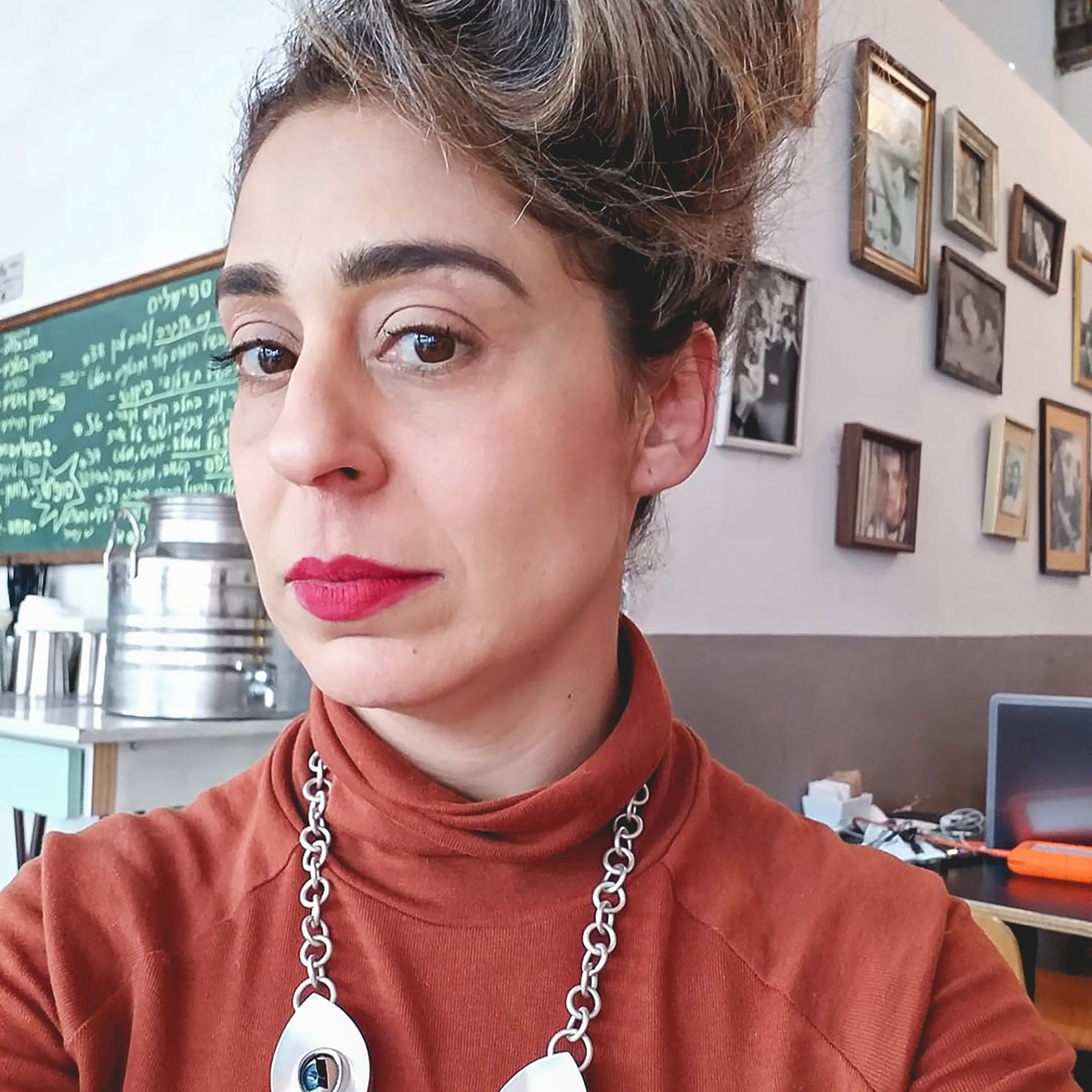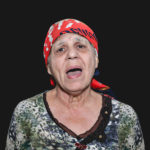tel aviv
In her artistic work, Vered Nissim examines questions of identity, social status, and gender in the environment of her home, family, and private life. She uses media, photography, sculpture, installation, video, and video performances.
“As a female artist, I am always fascinated by the way the home has been marginalized to a great extent in art history as a place of intimacy, a location usually associated with the feminine. Throughout history, the domestic setting has been both a safeguard and a prison for so many women. My gaze has always been directed inwards. My way of exploring, engaging, and criticizing the world and cultural norms has been through this inward gaze. My house, my family, and I are pivotal points in all my work.”
Vered Nissim presents two videos that were created in the personal environment of her home and family. In traditional/ultraorthodox Jewish belief, women are forbidden to sing in public. It is considered sexually alluring and an exhibitionist act. In the first video, Sara Sings, the artist‘s mother interprets the popular Israeli (originally Arabic) pop song Do you love me. In the second video, the mother tries to drive out the evil eye from her daughter with a ritual similar to German “lead pouring”. Both of these videos and their meanings revolve around (oral) history, rituals, and traditions in the home environment and aim to give marginalized women in Israeli society a voice.

Foto: Vered Nissim

